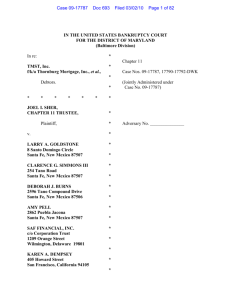Goldstone modes are massless
advertisement
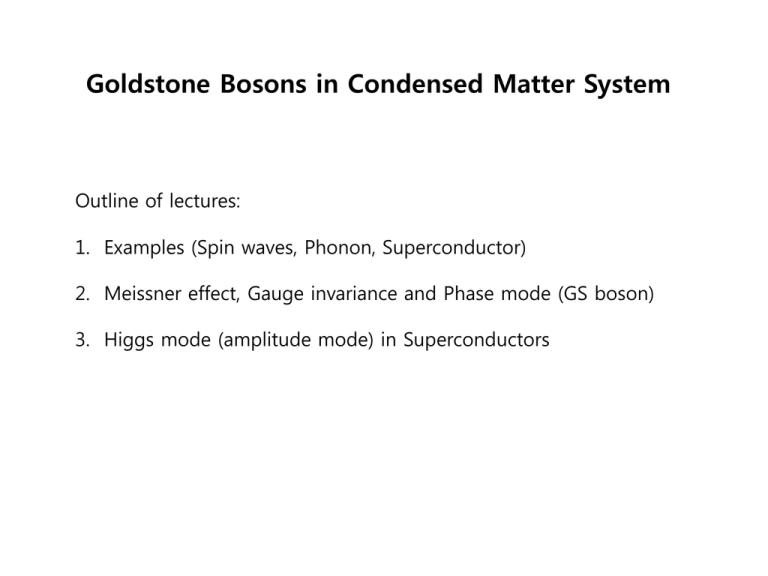
Goldstone Bosons in Condensed Matter System Outline of lectures: 1. Examples (Spin waves, Phonon, Superconductor) 2. Meissner effect, Gauge invariance and Phase mode (GS boson) 3. Higgs mode (amplitude mode) in Superconductors Condensed matter systems exist because of broken symmetries: Translation, Rotation, U(1) gauge, etc Goldstone theorem (’62): “ breaking a continuous symmetry should cause massless excitations. This is natural response of the system to restore the broken symmetry.” Goldstone modes in CM: Phonons (??), Spin-wave (‘40), phase mode in SC (‘57-60), CDW, etc Goldstone mode in SC Higgs mechanism (Meissner effect) Higgs mode (amp. Mode) in SC always exists but its observations are rare. Goldstone modes are massless: ~k So, the energy dispersion relation E or In CM or in Nature, we have ~ k and ~ k2 Question (very important ) : what and/or how is the power determined. w ~ k may be more familiar, but ~ k2 is more natural and ~ k needs special condition. jkj = p k2 Rotation symmetry SO(3) of spin & spin-wave H = ¡ J P ij Si ¢Sj Ferromagnetism with J >0 Ground state with E0=-J NS2 Low energy Excitations. What is the Eexc ? This is classical picture. H j0 > = E 0j0 > j #j > = Sj¡ j0 > Lowest excitation, but not Eigenstate H j #j > 6 = ¸ j #j > Coherent superposition of |j > H jk > = p1 N P j ei k r j [¡ ¡ 1 4 º J (N ¡ P 1 ± (j 2J 2)j #j > + 12 º J j #j > #j + ± > + j #j ¡ ± > ] f :::g = 1 ¡ coska » k2 H = ¡ J P ij Si ¢Sj = ¡ J P ij [Six ¢Sjx + Siy ¢Sjy + Siz ¢Sjz ] E(k) » k2 So, the Goldstone boson in Ferromagnetism has We are familiar with E(k) ~k dispersion of the massless modes in rel. field theory. What is the difference and origin for this ? The same method has a difficulty to deal with Quantization of Ferromagnetic spin-wave (Holstein-Primakoff method) j0 > = j #j > = Sj¡ j0 > j #j > = y Consider this is a creation of a boson ! ai j #j > = ayj j0 > In each site, Si has a definite Sz value nS¡ j " > = nay j " > = jn > and Sz jn > = (S ¡ n)jn > This mapping looks good. jk > = ayk j0 > with ayk = p1 N P i ei k r i ayi Sz counts S - (boson number) Spin commutation rules & Boson commutation rule slightly mismatch. = 2(S-n) Cure 1 Linear approximation !! = 2(S-n) ~ 2S Just the same result as before, E(k) » f 1 ¡ ° (k)g = 1 ¡ coska » k2 Now let us consider Antiferromagnetism. H = ¡ J P ij Si ¢Sj Same Hamiltonian but J <0 gs is different. Not every site is the same. There are A site & B site Unit cell increases, BZ decreases. “Doubling” Creation and annihilation change its role in A and B sites. H = ¡ J P ij Si ¢Sj Simple trick: Rotate all spins on B sites by 180 by Sx then, Sj§ ! + Sj¨ ; Sjz ! ¡ Sjz then ! H = ¡ J H = ¡ J=2 ! H = ¡ P P P i< A + + 1 z z [ (S S + h:c) ¡ S i Sj ] i j j<B 2 y y y y 2 [S(a a + h:c:) + S(a a + a i i j i i ai ) ¡ S ] i (j ) 1 2 2 N zS + zS P y a k k ak + zS P y y ° (k)(a k k a¡ k + ak a¡ k ) Ferromagnetic case H = ¡ 1 2 N zS 2 + zS P y a k k ak + zS P y y ° (k)(a k k a¡ k + ak a¡ k ) Just like a SC (but with Boson) and A-B site symmetry 2x2 mtx. diagonalization µ H = (ayk a¡ k ) 1 ° (k) ° (k) ¡ 1 ¶µ ak ay¡ k ¶ E 2(k) = [° 2 (k) ¡ 1] » k2 , so E(k) » k “Doubling” makes k-linear dispersion naturally appear !! Dirac Eq. has doubling : E2 = p2+ m2 Ferromagnetic Goldstone boson: E(k) » k2 Anti-Ferromagnetic Goldstone boson: E(k) » k Spinwave dispersion - - CF (T) » T 3=2 and CA F (T) » T 3 like phot on and phonon Superconductivity also has doubling in p-h states with fermions . µ H = (cyk ;" c¡ 2 2 k ;# ) ²(k) ¢ ¢ ¡ ²(k) ¶µ 2 E (k) = [² (k) + ¢ ] , so E(k) = § p ck ;" cy¡ k ;# ¶ ² 2 (k) + ¢ 2 ! not E(k) » k This is a quasi particle dispersion not a dispersion of Goldstone boson. Goldstone boson in SC has indeed E(k) ~ k We will come back to this question. Acoustic phonon (Goldstone boson) dispersion : E(k) ~ k H = 1 2 P 2 2 [p + (q ¡ q ) ] i + 1 i i i Quantize : qi = p1 N H = 1 2 P P [qi ; pj ] = i ±i j i kr k e Qk and pi = i [Pk P¡ k 1=2 [! k Q¡ P P k ei k r Pk + (1 ¡ cos(k))Qk Q¡ k ] Harmonic oscillator ayk = (2! k ) ¡ p1 N 2 2 2 H ho = [p + ! x ] and E » k ¡ i Pk ] ; ak = (2! k ) ¡ H = k !pk ayk ak wit h ! (k) = [2(1 ¡ cos(k))] » k 1=2 p ! [! k Qk + i P¡ k ] 2 » ! Goldstone modes in CM are abundant . They are massless. In CM or in Nature, we have ~ k and ~ k2 Question (very important ) : what and/or how is the power and determined. ~ k2 is more natural ~ k needs special condition “Doubling”. jkj = p k2



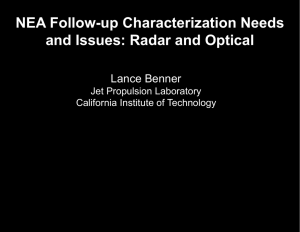
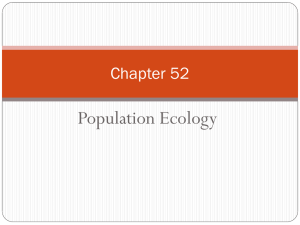

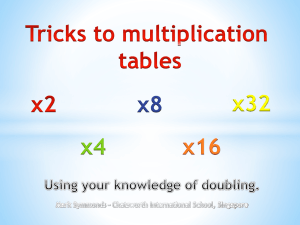
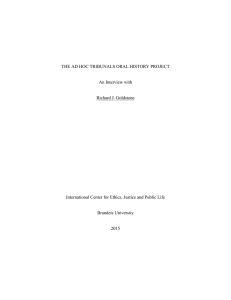
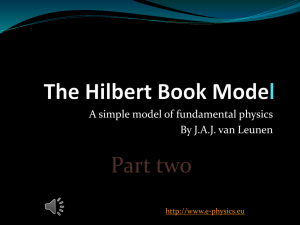

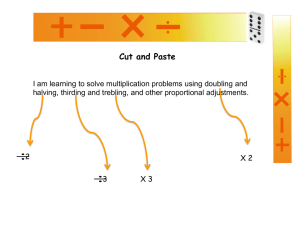
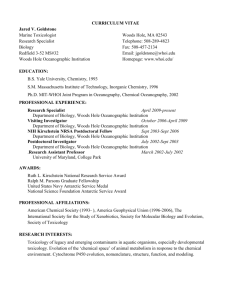
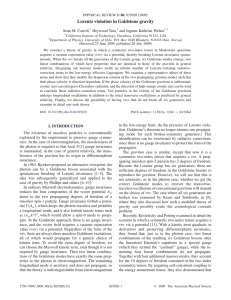
![Yr12HumanBiologyProg2012[1]. - Atwell-HB3](http://s3.studylib.net/store/data/007199305_1-620ed4f745912cc3abac5e7c3205b6fc-300x300.png)
